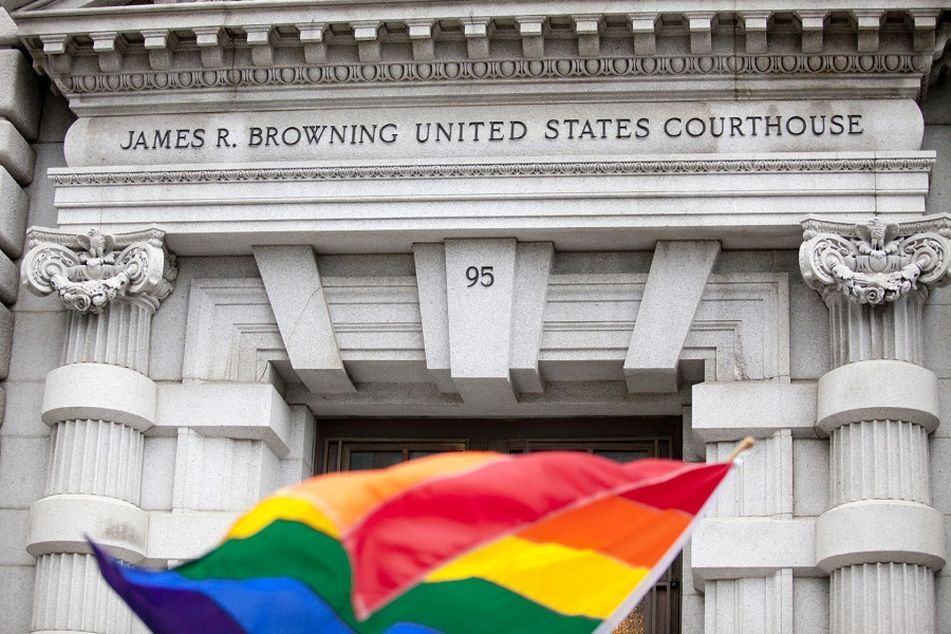Building a planning niche among the gay community requires a nimble perspective

Women Adviser Summit panelists say the financial planning industry needs more advisers focusing on the LGBTQ-plus community.
Working with diverse communities toward a diverse financial planning strategy is an evolving process that takes an open mind and an easy sense of humor.
Speaking Wednesday as part of a panel discussion at the InvestmentNews Women Adviser Summit, Marci Bair, president and founder of Bair Financial Planning, said even trying to categorize the community is a constantly moving target.
“It’s LGBTQ-plus, because we’re always adding something,” Bair said. “Universally, we call it the gay community.”
While it might sound flip to poke fun at the evolving nature of the community, the panelists make the point that any adviser delving into this niche market needs to embrace a nimble perspective.
Erika Karp, chief impact officer at Pathstone, said that sometimes the biggest challenge is knowing where clients stand in terms of their own diversity and that it’s up to advisers to find the right approach to addressing certain needs.
“We want to know what people care about, and it’s about meeting clients where they are,” she said. “It’s not unlikely that your clients have gay family members and gay friends.”
The session, entitled ESG, DEI, and Financial Planning for the LGBTQ+ Community, addressed the full spectrum of nuances related to the financial planning needs of diverse clients.
As an example of the efforts to understand and not offend, Karp shared an anecdote about asking an employee if he considered himself “an African American man, a Black man or a person of color.”
“He appreciated that,” she said.
Bair added, “Don’t be afraid to trip over things. We’re all coming from a place of caring and concern and wanting to learn. It’s received well if you come from that standpoint.”
Bair said the niche category has plenty of room for more financial advisers. “I recommend we get more allies, because there’s not enough gay advisers for the gay community.”
Echoing Karp’s comments, Bair said the first step is being open to the fact that you might already be working with gay clients.
“Look at your current book of business and ask your clients what’s important to them and what you should be aware of as you’re doing financial planning,” she said. “Our family structures might be a little different, but we all want the same thing.”
If the goal is to develop a niche practice focused on the LGBTQ community, Bair advised making a full commitment.
“Take your practice to the next level,” she said. “What does your website look like, do you still use husband and wife factors? Maybe change that to spouse and partner. Don’t just do rainbow washing by throwing a rainbow flag up there. It’s up to you to make your office welcoming so they bring their partner with them.”
Karp offered a perspective on how far the LGBTQ community has come but said the financial planning community is often out of step with the evolution.
“We have gotten further faster than I could have imagined 10 years ago,” she said. “I did not think we would have federal gay marriage. Without gay marriage, if I died, my wife would have a huge tax burden, she might have had to move out of our home.”
Karp added, “The world has gotten easier from a financial planning standpoint. But we still have to understand what our clients want, what they feel strongly about and what our resources are for them.”
Transitioning the conversation to ESG investing, Bair said the gay community in general is a natural fit for ESG.
“A lot of people in the gay community are very discerning about the companies they want to invest in because we’ve been discriminated against for so long,” she said. “If you’re going to work in the community, I would suggest you become familiar with ESG investing.”
Karp cited the recent proposal by the Securities and Exchange Commission that would require public companies to follow ESG reporting guidelines as a step in the right direction. But she said advisers should be wary of the data and rankings related to ESG that are currently available because there are no standards.
“In my view, ESG analysis is an investment research discipline,” she said. “You can call it anything you want. It’s investing. Every kind of investing demands ESG analysis.”
Learn more about reprints and licensing for this article.








